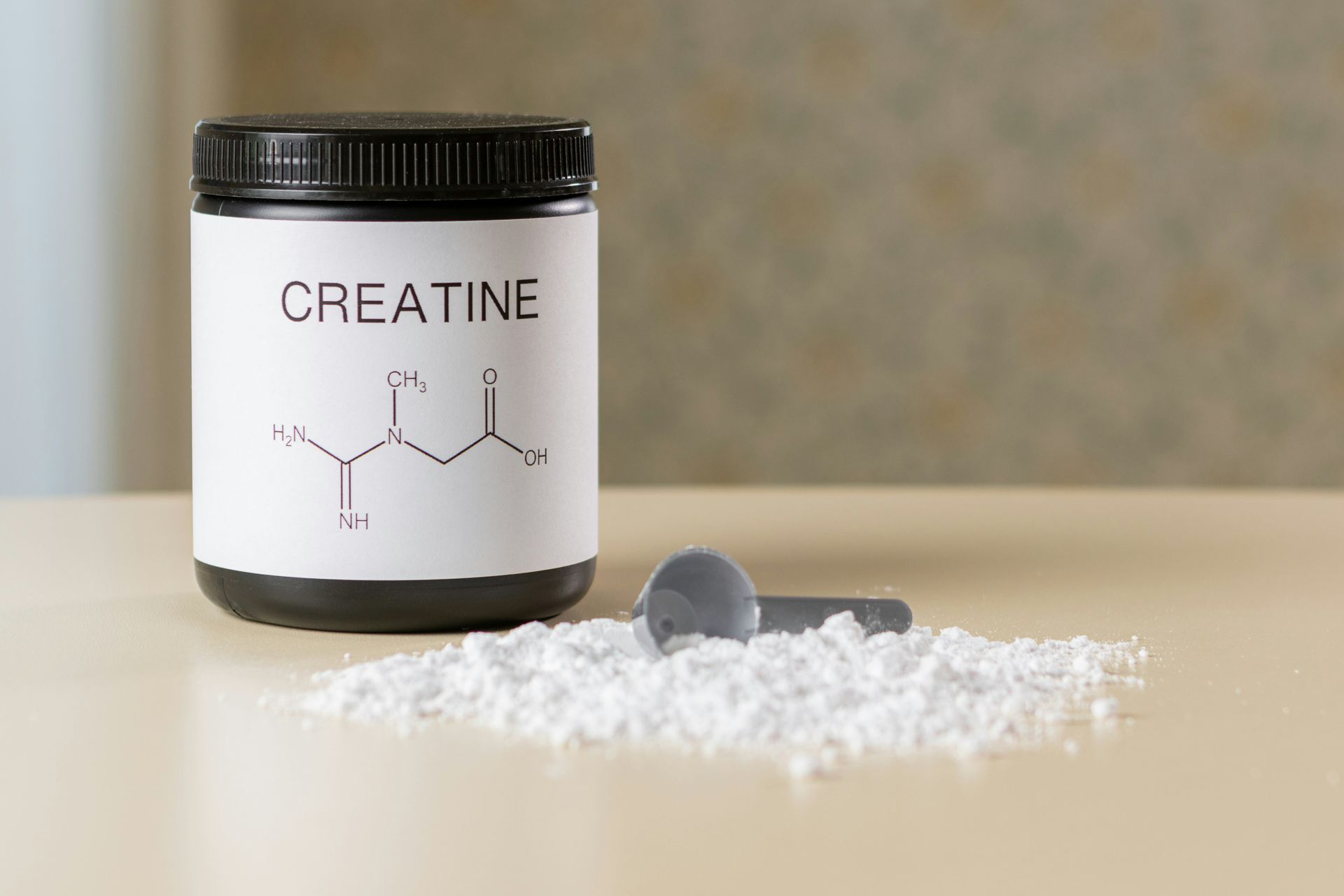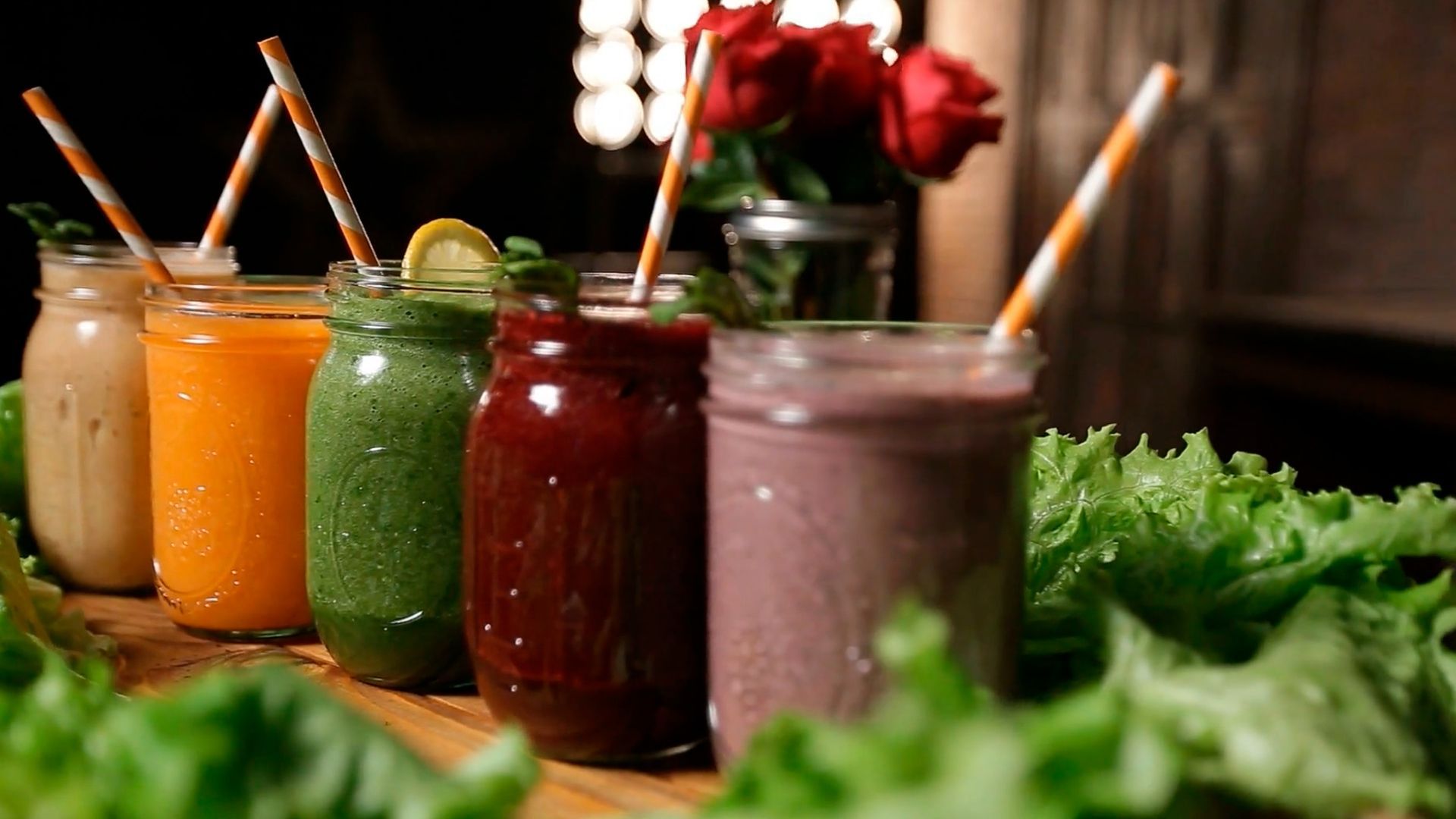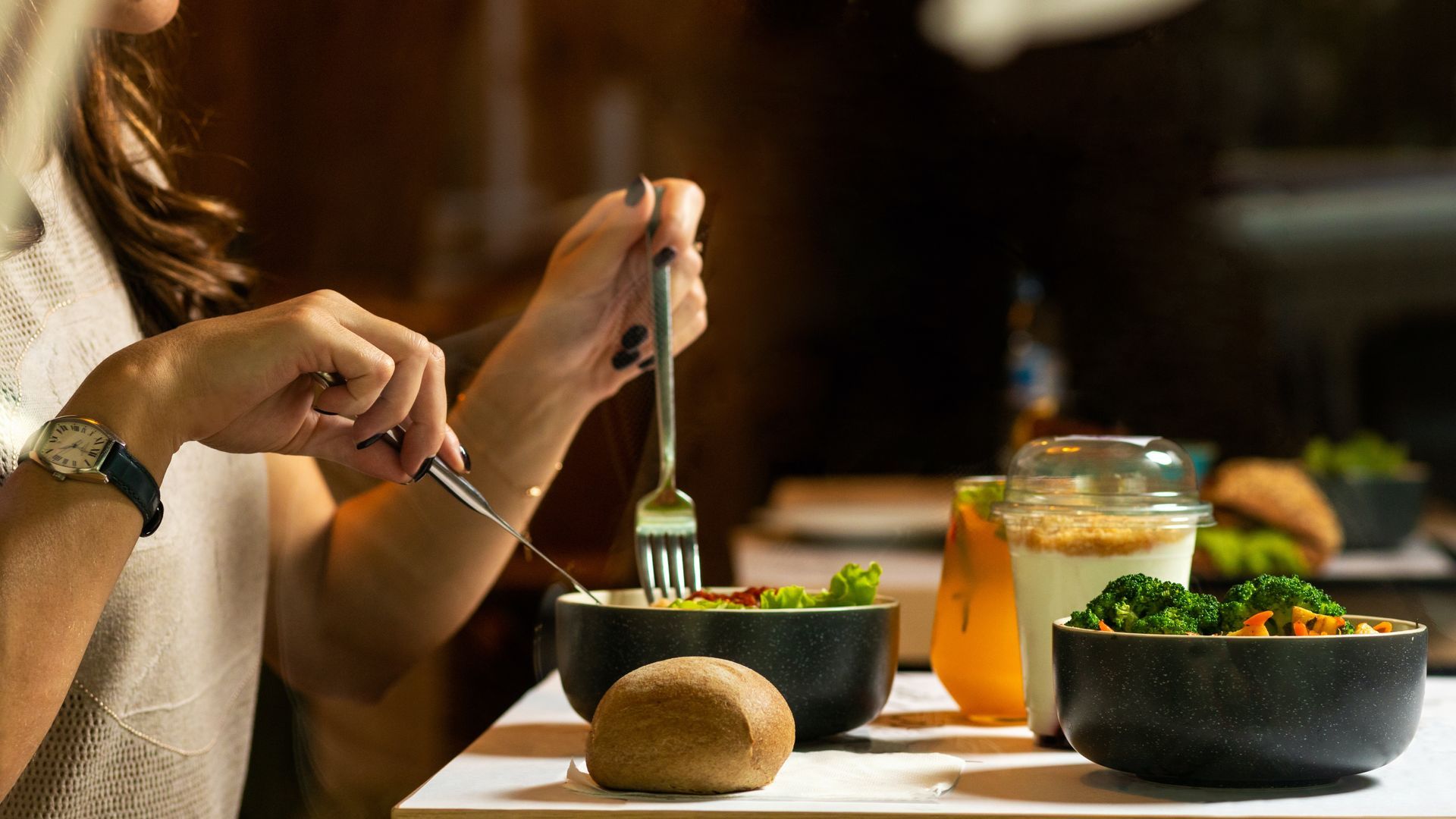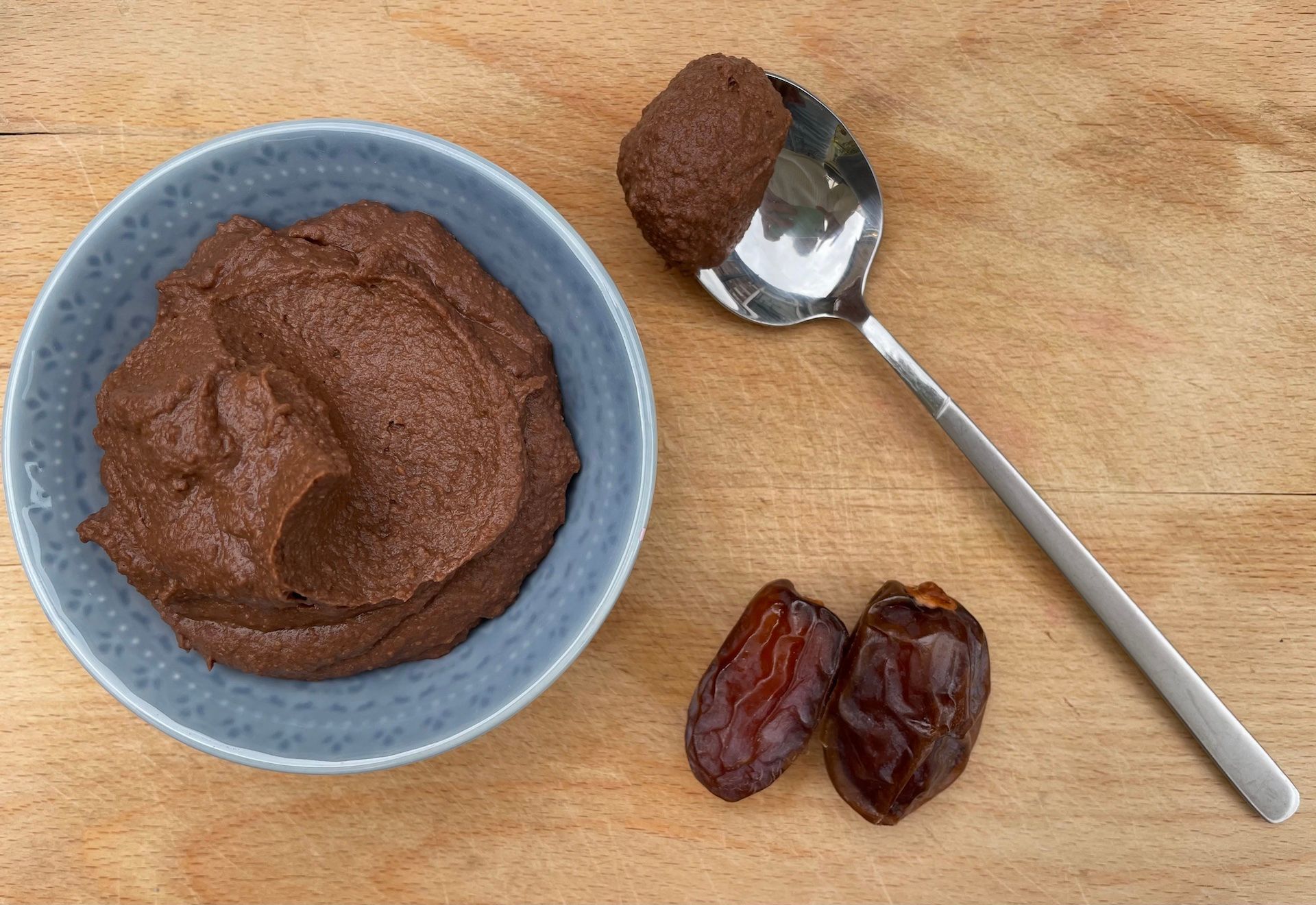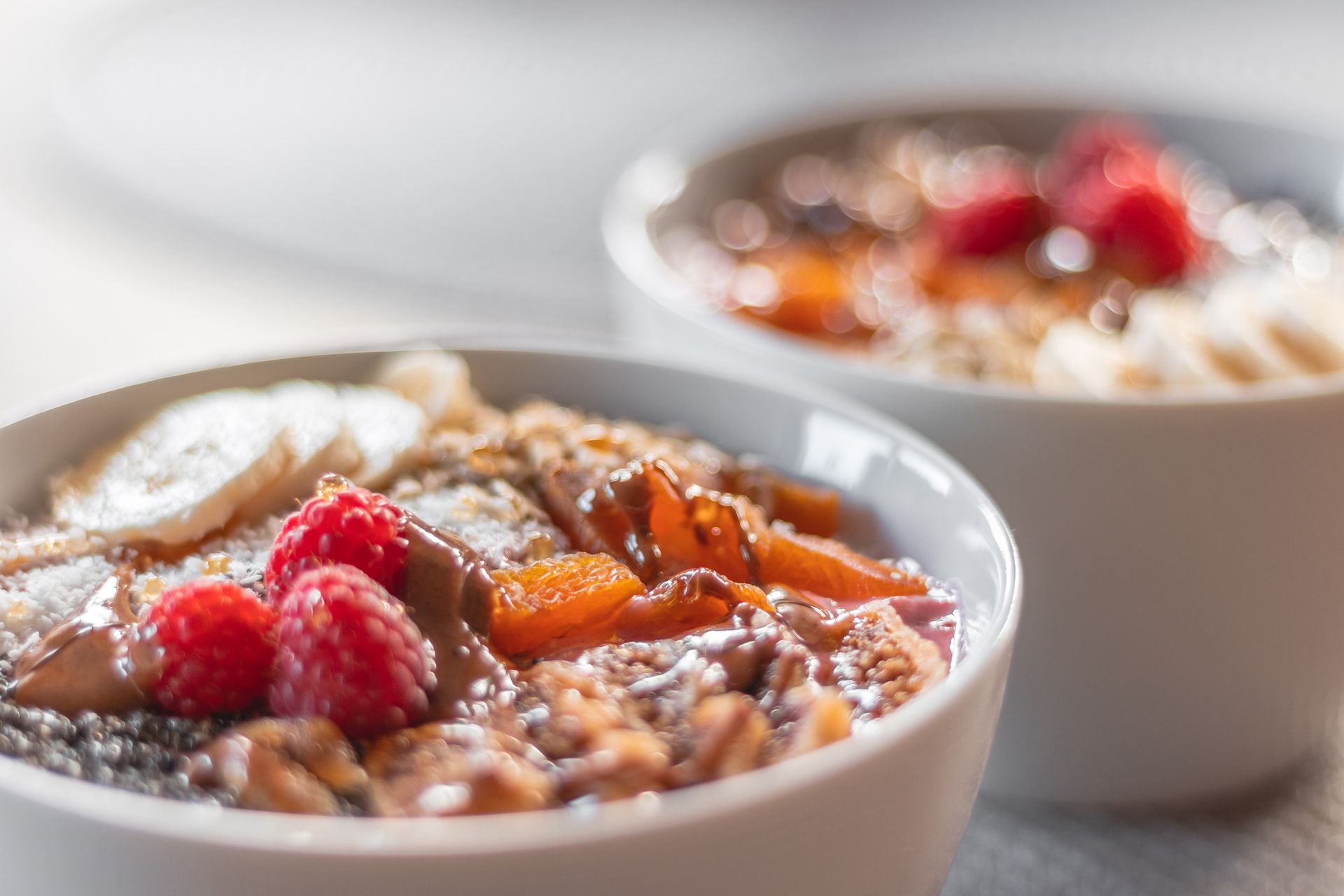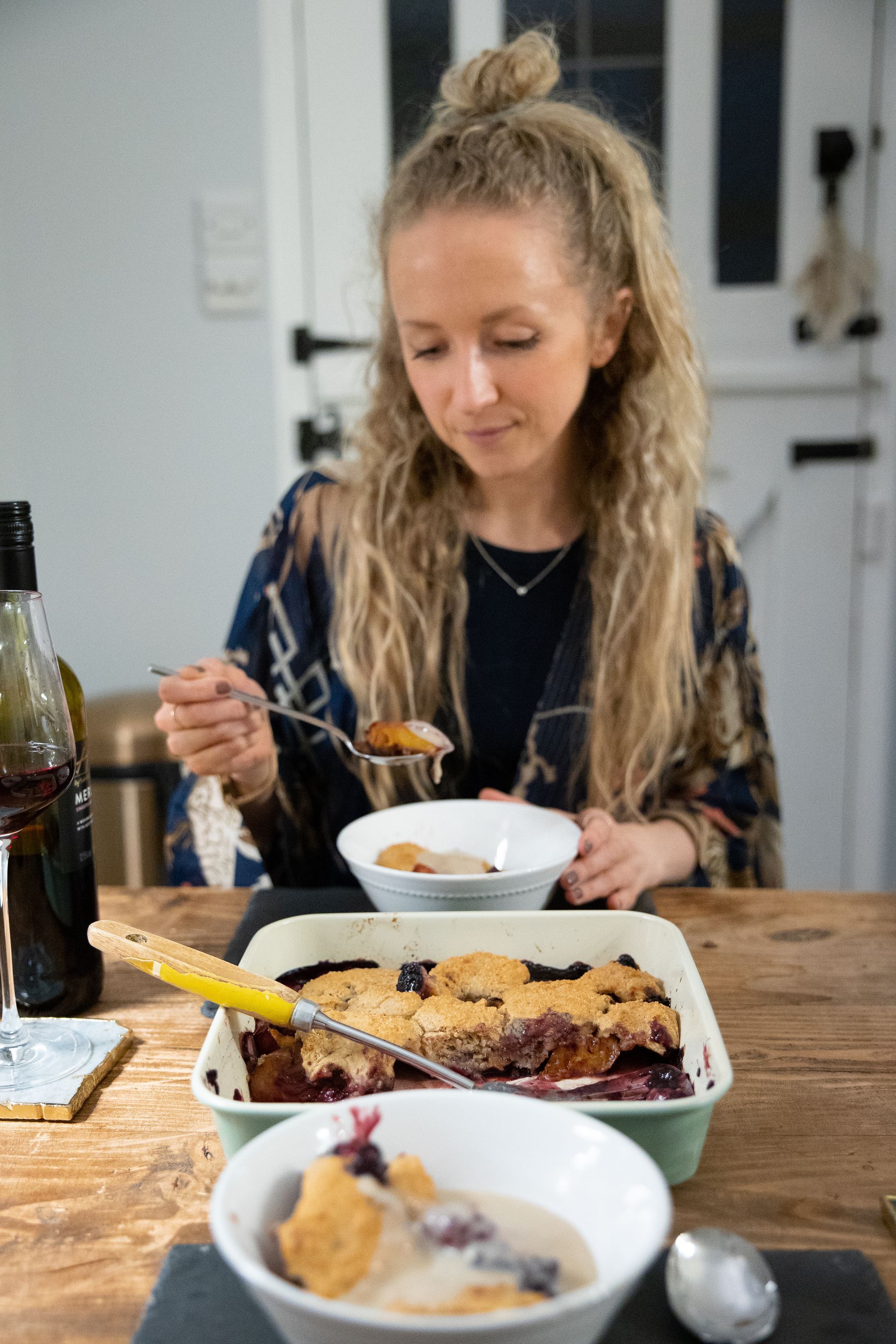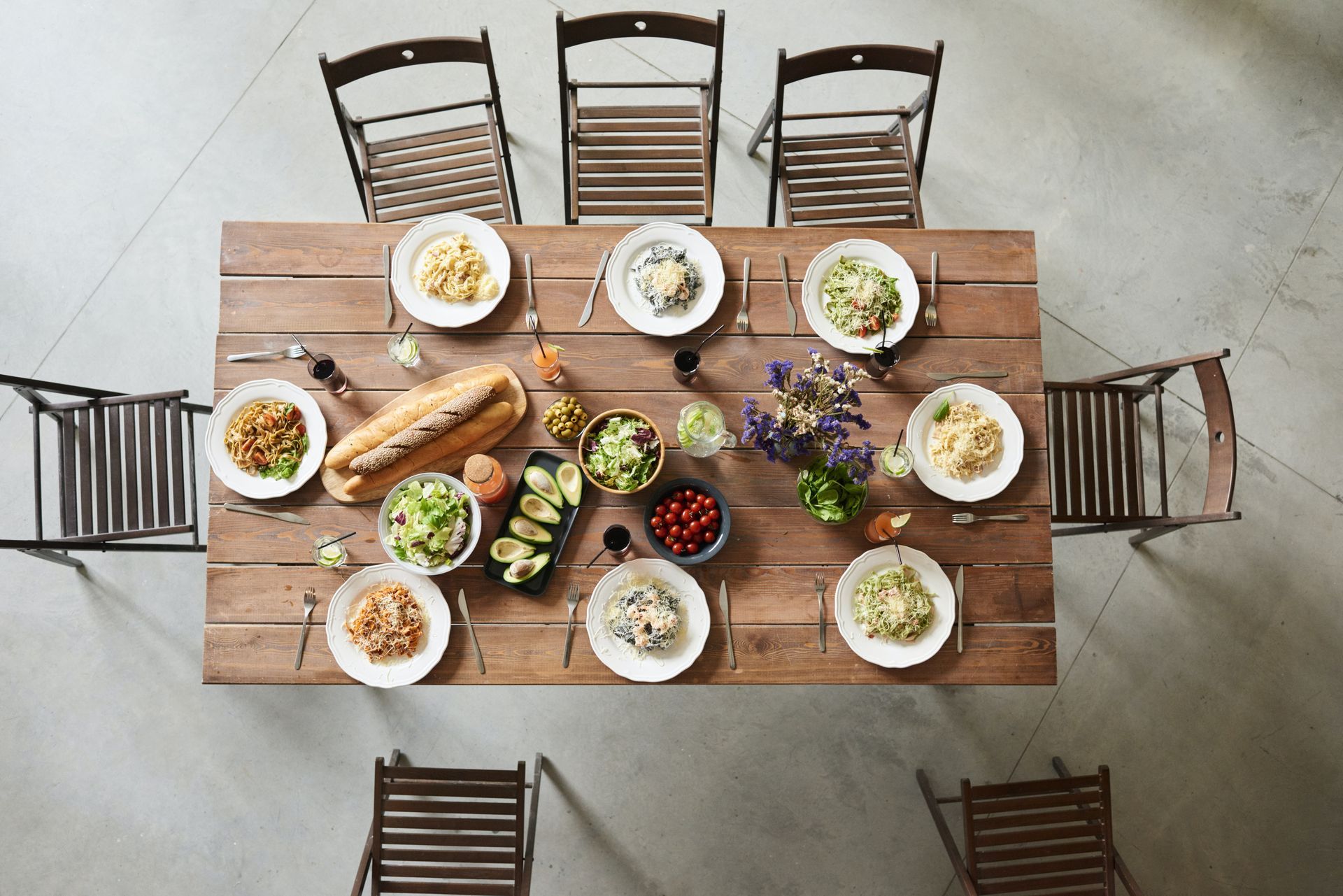Say Hello
Join our newsletter
Join our newsletter
30 Different Plants a Week
We have all heard of 5-a-day, but have you heard of 30-a-week?
Thirty plant foods a week has become a new target for those looking to boost their health. This target comes from recent research exploring how our diet impacts our gut microbiome; the 2kg of non-human organisms that set up home in our large bowel. Our gut microbiome is intricately involved in our health, our wellness, and ultimately how long we can live in a healthy body and mind.
There are many different types of bacteria that can live in our gut, some of them promote health and some of them promote disease. When we eat, we are not just feeding our own cells; we are also feeding our colonies of gut bugs. What we eat determines which bugs will thrive and which will die away. Many of the good types of bacteria that live in our gut will feed off plant fibre and their populations grow when we have diet that is full of whole, plant food. These bacteria support the health of our gut lining, regulate our blood sugar, optimise our immunity, help us to feel appropriate hungry and full, and even improve our mood!
What does this have to do with eating 30 plant foods a week? Well, it turns out that it’s not just about getting lots of plant fibre to support the good guys, its about getting a wide variety of fibre to promote a diverse ecosystem. Think of your gut lining as a patch of land. Our aim is to grow it like a meadow, with many different species of plants, a rainbow of wild flowers, and busy bees and butterflies fluttering around as part of a rich and thriving community. We can achieve this by eating many different types of plants, from dark leafy greens, sweet fruits, and wheat bran to soft lentils, crunchy carrots and even a range of herbs and spices.

If we fall into the habit of eating minimal plant foods, and we choose the same ones every time, our gut will become more of a mono-crop field or a barren wasteland where disease-promoting bacteria will start to grow. What we eat shapes the landscape of our gut microbiome.
The research tells us that the best health outcomes appear when we reach 30 different plant foods every week. This sounds rather difficult, but it is much easier than you might think! Particularly if you already eat a predominantly plant-based or totally vegan diet. Remember that the 30 includes any foods from a plant, not just fruits and veggies. Here are the main groups to include:
Grains e.g., wheat, barley, buckwheat, brown rice, corn, oats, millet
Beans and pulses e.g., butter beans, kidney beans, chickpeas, lentils
Fruits e.g., bananas, pears, kiwi, watermelon, cherries, blueberries, grapes, oranges
Vegetables e.g., carrots, peppers, courgettes, aubergine, garlic, onion, mushrooms, kale
Nuts e.g., Brazil nuts, almonds, cashews, walnuts, macadamia nuts, pecans
Seeds e.g., chia seeds, flaxseed, pumpkin seeds, poppyseeds, sesame seeds
Herbs and spices e.g., cumin, coriander, turmeric, paprika, chilli
Why not make a list of all the plants you eat this week, scoring one point for each different plant. You can only count each plant once each week, even if you eat it every day. Each herb and spice will make up ¼ of a point. If your number, or ‘plant score’ at the end of 7 days is less than 30, take a look at my top tips to reaching your 30 plant points per week in an easy way:
1. Mix it up
A really easy way to up your plant score is to buy packets of ‘mixed’ foods. By this I mean instead of buying a packet of pumpkin seeds, go for the packet of mixed seeds. Instead of picking up the cashews, go for a bag of mixed nuts. This can also apply to packets of salad leaves or spices and can add 2, 3 or even 4 extra plant points to your meal without too much thought.
2. Add stuff in
Think about what you can add to meals. Perhaps you could sprinkle nuts and seeds on your porridge. Maybe you could add in 2 extra types of veg to your casserole. Maybe you could add cauliflower to your leek and potato soup or few chunks of avocado to your salad.
3. Use your snacks
If you are going for snacks between meals, use this as an opportunity to get different plant foods in. Snack on something you don’t normally choose. Go for a pear, pick at some cherries or buy some buckwheat crackers to spread with almond butter.
4. Buy plants you don’t normally buy
It’s easy for us to buy the stuff we know week in, week out. The bag of apples, the bunch of carrots, the white potatoes, and the onions. Next time you shop, look out for new types of plants you could cook instead. Why not try orange or purple sweet potatoes, red onions, kiwis or parsnips. There are so many different plants out there for us to try, so try to shake yourself out of autopilot when you next enter your local shop.
5. Embrace herbs and spices
This is one of the easiest ways to rack up some extra plant points. Add mixed herbs to your salad dressing, mix cumin and paprika into your hummus or sprinkle some ground ginger into your stir fry sauce.
Not only does plant diversity support our gut and our health, it also helps to keep things interesting. There are always more plants, more flavours and more textures to explore, so embrace the joy of diversity!
Are you looking for some plant-based inspiration? Sign up to my mailing list today and you will receive a FREE 7 day meal plan complete with a shopping list and all the recipes!
Rosie is a plant-based registered dietitian, founder of Rosemary Nutrition & Dietetics, and works both in the NHS and as a freelance dietitian.
You can contact her with any queries via Rosemary Nutrition & Dietetics on rosie@rosemarynutrition.co.uk or follow her on Instagram at @plantdietitianrosie



